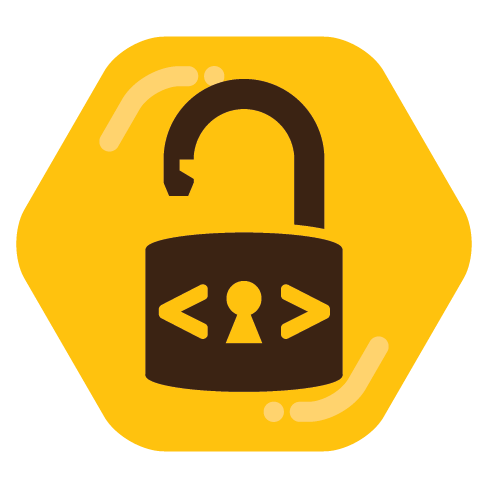You are invited to join the CopyParty! This has a web UI accessible from the browser, also from mobile, files are stored directly on the filesystem (not encrypted or on a database) and you can mount it as a network drive on Windows and Linux. But it doesn’t let you sync files for offline use, at least not without the help of some auxiliary tools.
You won’t find anything simpler to install and configure than this.





No, only the local FS. But they have recommendations in their README for integrating with S3 with the help of other tools.